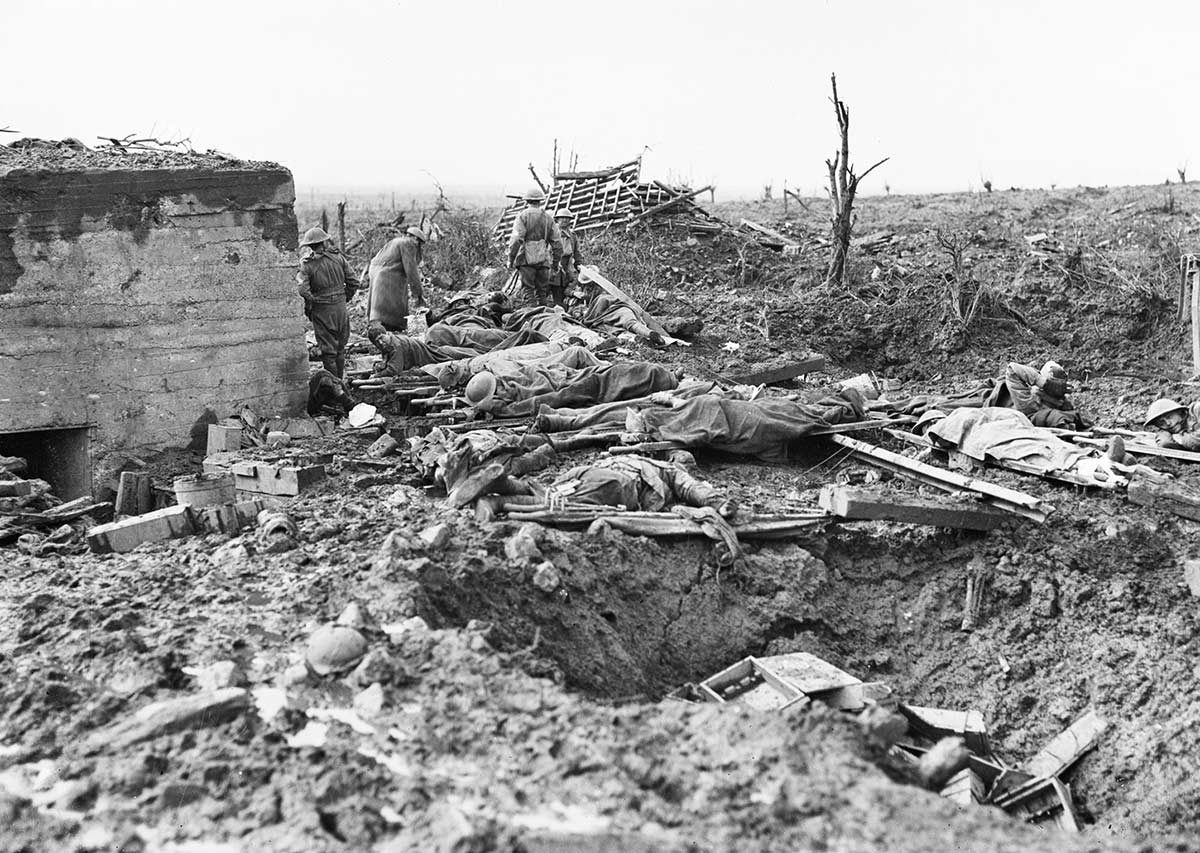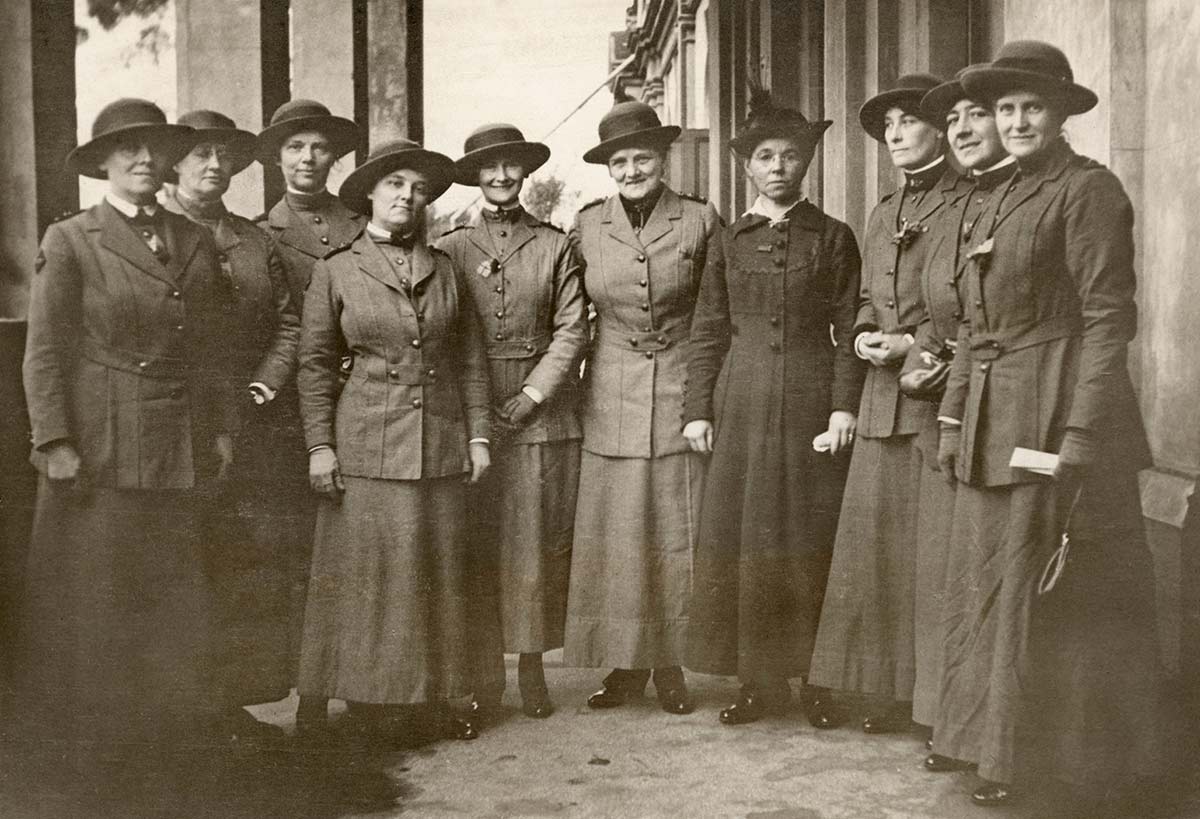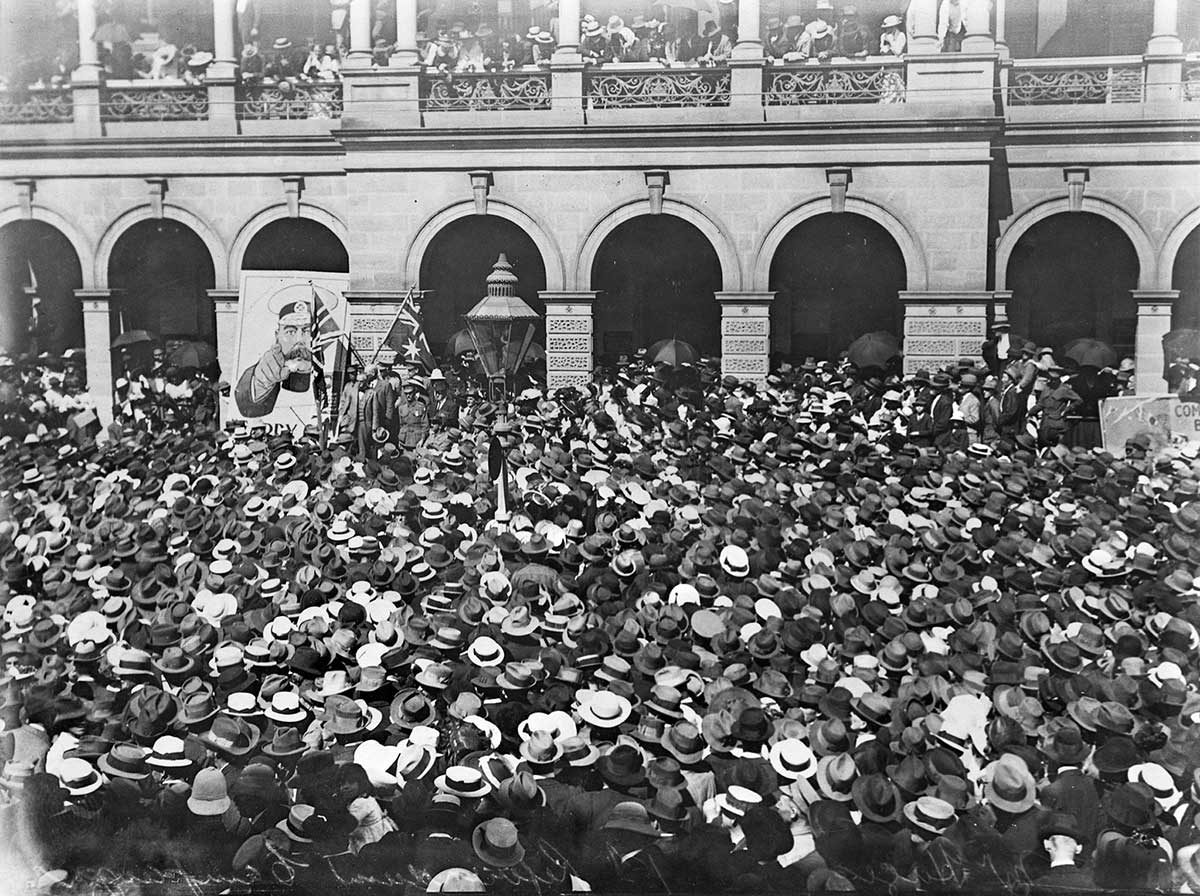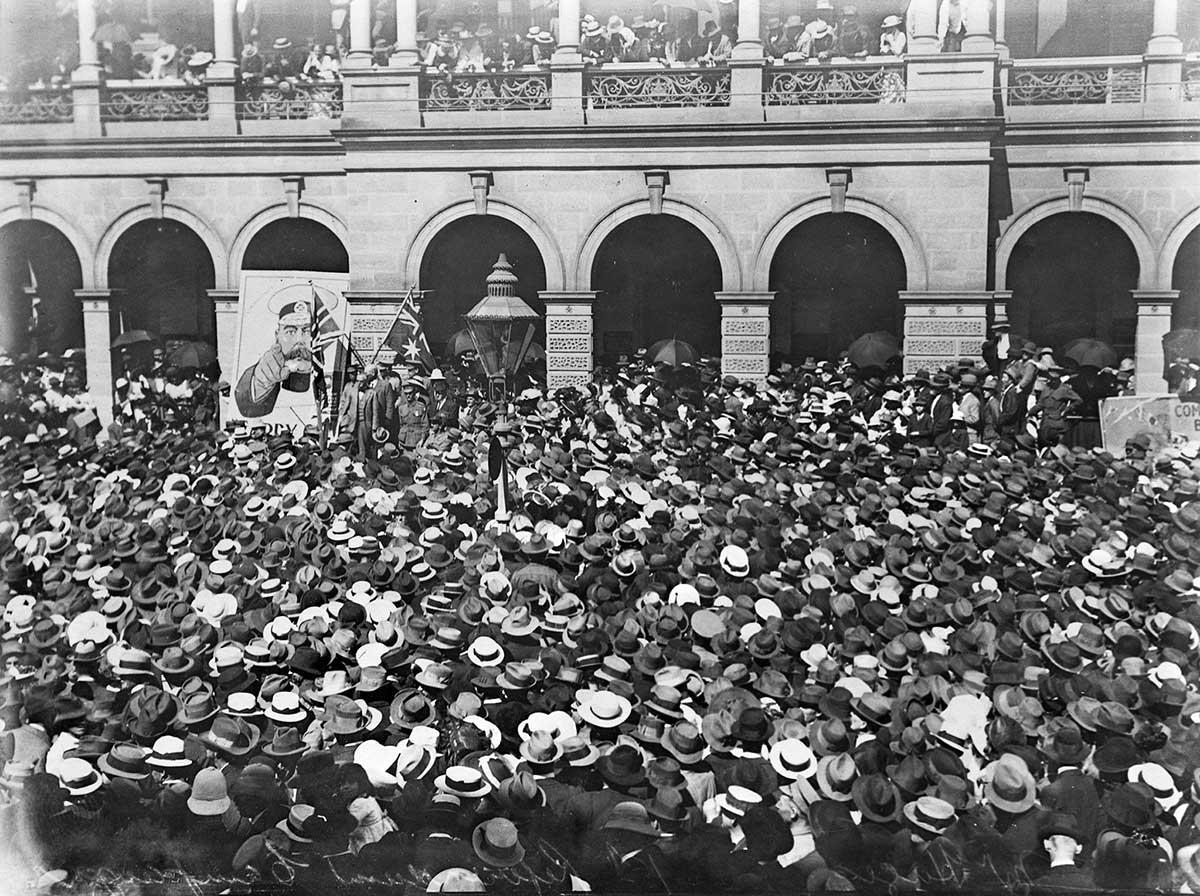Learning module:
War correspondents
War correspondents
17. Dispatches from the front #2

You get a telegram from Mr Callister. He is highly impressed with your stories and promises you a promotion to Senior Correspondent when you return to Australia ... which is going to be soon as he’s asking you to come home on the next civilian transport boat.
Mr Callister adds in his telegram:
‘Before you return, write summary article, highlighting everything you’ve learnt about the war. Then see Australian Consulate. Boat ticket waiting for you there. See you in a few months for your promotion!’
Eager to get back to your family and friends, you set about summarising what you know about the war.
Answer the following questions in full.
1. What were three of the most common reasons Australians joined the war?
2. Describe what happened in the Gallipoli campaign in one or two sentences.
3. What were the four main causes for the outbreak of the war?
As you are boarding the boat back to Australia, it is 11 November 1918. On this day, the ‘Armistice’ is signed, a truce, meaning that the war is over! Everyone is calling it the ‘Great War’, referring to the vast scale of the conflict.
You arrive home to a jubilant but weary population in Australia. The fighting may have ended, but the repercussions of the war are still being felt. There are also a lot of stories that you missed because you were in Europe.
After a few days recuperating, you head back to the head office of the Age, and meet with Mr Callister.
‘Great work in Europe. You did us proud,’ he says.
You thank him.
‘Our newspaper wants to put together a big piece looking at all of the effects of the war. I’ve got story ideas coming out of my ears here!’ he says.
He gives you the option of:









